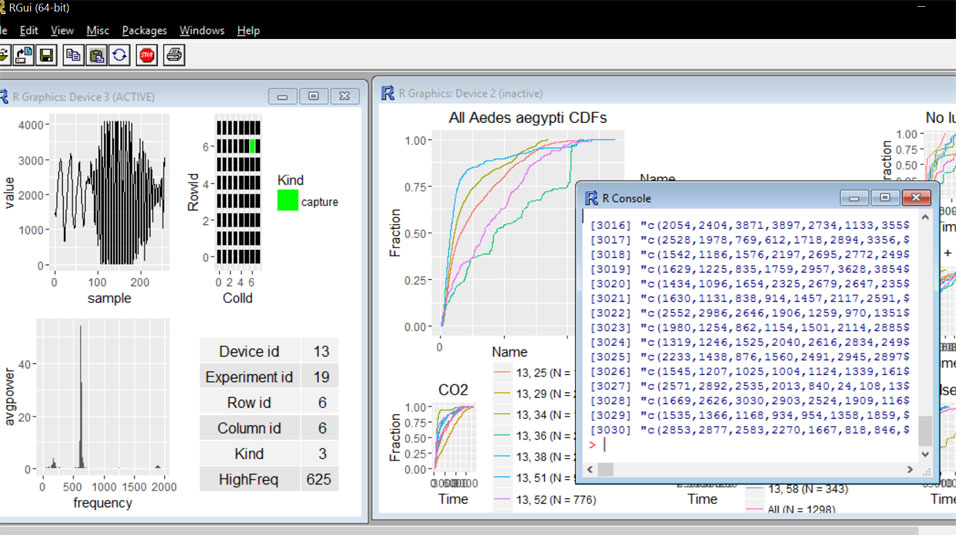
Given that more than 65% of infectious diseases that affect humans originate from other animals, the most logical way to stop them would be to locate the source. However, studying wildlife for clues about the origin of the next epidemic is like looking for a needle in a haystack. As a result, scientists and health officials are forced to combat illnesses like the recent Zika Virus, after they spread.
Now, tech giant Microsoft has come up with a groundbreaking idea. What if we could use mosquitoes, who are responsible for the spread of most viruses, as “early warning systems?” This would give researchers the opportunity to nip the problem in the bud and prevent viral outbreaks.

Project Premonition will begin by deploying autonomous drones to rural areas to identify mosquito hotspots. According to Microsoft, the current method of locating mosquito-infested zones using satellite imagery does not yield precise results. In an experiment conducted on the island nation of Grenada, the traditional satellite technique identified almost the entire island as being infested with the insects. [image above]. However, the drone, which can get closer to the surface, was clearly able to pinpoint pools of waters and unsealed containers and structures [image below], where mosquitoes thrive.
Once the areas have been accurately mapped, traps will be set to collect insect specimens. However, given that there are over 3,600 species of mosquitoes, each carrying different types of viruses depending on the animals they target, capturing them randomly would be of little use.

To identify the specific species that the scientists are seeking, Project Premonition has created a mosquito trap with 64 smart cells that monitor the insects as they fly inside. If the mosquito’s wing movements match that of a species they're interested in studying, the cell door closes. Every time an insect is captured, the smart net also collects relevant environmental data such as time, temperature, and light levels. The weatherproof trap, which can last for over 20 hours in hot and humid climates, is designed to learn from its mistakes, to become increasingly efficient at catching the required species.
The trapped insects will then be brought to the Project Premonition lab for a detailed DNA analysis of the blood they have extracted from victims. According to Microsoft scientists, the few microliters contain vital information about the type of animal the species targets as well as the existence of any viruses, both known and new, that it may be capable of transmitting. Microsoft will utilize its massive computing power and specially developed algorithms to sort through the data rapidly and try to detect pathogens early. This, the company believes, will allow scientists and healthcare workers to stop viruses before they spread.

Though the technology is still in its early stages, the results of Project Premonition’s inaugural tests, in collaboration with the Harris County Public Health Division in summer 2016, are encouraging. The 87 experiments conducted using the robotic traps captured over 20GB data about mosquito behavior, including information about ones carrying the Zika virus. Who would have thought that pesky mosquitoes would become our allies in the fight against diseases?
Resources: microsoft.com. geekwire.com